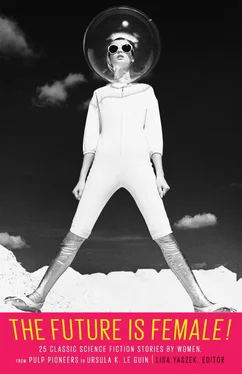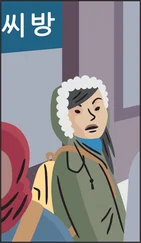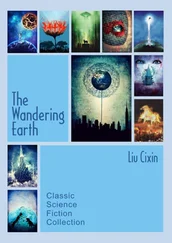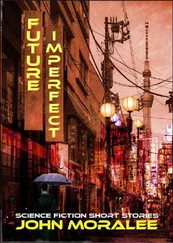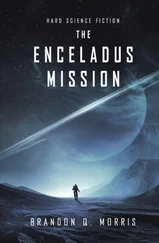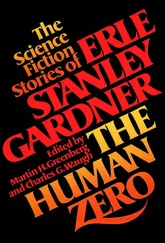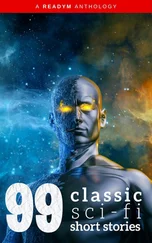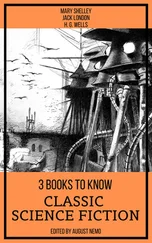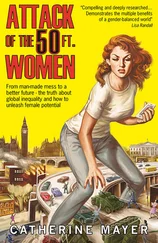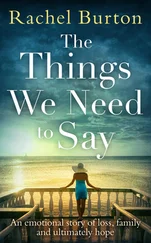Not surprisingly, women revised science fictional representations of male-female relations as well. “Readers are tired of the yarn based on the super-hero and the ravishing babe,” Leigh Brackett warned would-be SF writers in 1944. For her, stereotypical Pulp Era romance narratives, full of stalwart space jocks with their requisite ray-guns saving hysterical damsels in distress from monstrous aliens, were simply “old stuff.” Fortunately, Brackett and many other contributors to this anthology felt that “you can get away with practically anything [in SF] as long as it’s well and subtly done.” {13} 13 Leigh Brackett, “The Science-Fiction Field,” Writer’s Digest , July 1944, 20–27.
Well before their explicitly feminist successors (or in a few cases their explicitly feminist future selves), many of the women included here were rethinking the gender roles that their male counterparts and the broader culture usually took as given—sometimes to an extent that might have been difficult to express without the imaginative freedom or allegorical cover of SF.
Instead of wish-fulfilling fantasies of masculine heroism, Doris Pitkin Buck, Kate Wilhelm, and James Tiptree, Jr., offer stories in which male protagonists not only fail to save the women they love but turn out themselves to be responsible for the scientific and social situations that have endangered these women in the first place. Katherine MacLean, Andre Norton, and others cast women as experts who embrace alternate modes of science emphasizing intuition and empathy with the natural world. C. L. Moore, Leslie Perri, and Joanna Russ transform the damsels of SF cliché into “sheroes” who engage in quests and fight for truth and justice with almost superhuman strength, but who reject the stoicism, rugged individualism, and separation from nature that define the classic male hero. Still other stories by Judith Merril, Rosel George Brown, and Alice Eleanor Jones introduce readers to an entirely new character type: the housewife heroine whose relative happiness or unhappiness in the future becomes a barometer for evaluating the relative merits of our technocultural arrangements in the present. (Jones’s “Created He Them”—published in 1955, two years before the debut of Leave It to Beaver —is a striking example of the latter class. Darkly dystopian and profoundly antipatriarchal, it sounds a housewife’s note of protest against the expectations and conformities of the baby boom years. Jones is one of those authors, and there are others in this collection, who almost no one has heard of but whom many will find worth reading.)
Traversing interstellar voids, piloting vast spaceships, and exploring exotic planets as nimbly as male SF writers, the women of early SF also built more intimate, down-to-earth worlds for speculation and reflection. The revelations of Wilmar H. Shiras’s mutant-child story “In Hiding”—an influential text for the X-Men comics—unfold in an ordinary, present-day office and suburban home, spaces that seem as exciting in Shiras’s hands as any high-tech lab. Judith Merril’s midcentury classic “That Only a Mother” tackles the consequences of nuclear proliferation without special effects, in modest, near-future interiors. Zenna Henderson’s “Ararat” transforms a typical rural schoolhouse and its surroundings into a scene of alien and paranormal encounter. (A first-grade teacher for all of her adult life, Henderson saw Kim Darby and William Shatner portray her characters in The People , made for TV in 1972.)
Motherhood, community survival, and the future of human reproduction are significant concerns in these and other stories featured here, both early and late. The ways in which science and technology might be used to literally reconstruct sex, overturning readers’ assumptions about “natural” gendered behavior and enabling radical new modes of living, are a third prominent theme throughout women’s speculative fiction. Anticipated on occasion in stories of the Pulp Era and Golden Age, it is particularly evident in the New Wave stories of Sonya Dorman, Marion Zimmer Bradley and John Jay Wells (Juanita Coulson), and Ursula K. Le Guin, all of whom extrapolate from current scientific and technological developments to imagine worlds in which sex, gender, sexual orientation, and individual humanity have been profoundly altered. How will cohorts of clones address each other? How will military men feel about their pregnancies? Shape-shifting and protoplasmic, will we look back with nostalgia on bodies, or on love? From provocative thought-experiments such as these, the overtly feminist SF of the 1970s began to take form. It is one thing to map the limits of traditional gender roles and the damage they do to women and men alike, as many authors in this volume do implicitly. It is another to envision and articulate new arrangements that might have some positive bearing on the present—as several New Wave authors, including Ursula K. Le Guin in The Left Hand of Darkness (1969) and Joanna Russ in The Female Man (1975), went on to do over the course of their subsequent careers.
And this is why we need to remember the women of early SF: they are the missing link between the pioneering experiments of Mary Shelley and the finely honed, radiant results we see increasingly in the work of women writing today. Even more consciously than their famous foremother, the twenty-six women included here were dedicated to creating a new kind of fiction that could communicate individual hopes and fears about life in a technoscientific world across centuries, continents, and cultures. In doing so, they identified some of the most pressing issues facing women—and indeed, all people—at the beginning and middle of the twentieth century, laying the groundwork for the contemporary women authors we continue to celebrate, and for the writers of tomorrow. So we learn that women who dream about new and better futures for all did not come from outer space, 20,000 leagues under the sea, or even a swiftly tilting planet. Instead, they have always been with us, always insisting that the future is female.
CLARE WINGER HARRIS
The Miracle of the Lily

I. The Passing of a Kingdom
SINCE the comparatively recent resumé of the ancient order of agriculture I, Nathano, have been asked to set down the extraordinary events of the past two thousand years, at the beginning of which time the supremacy of man, chief of the mammals, threatened to come to an untimely end.
Ever since the dawn of life upon this globe, life, which it seemed had crept from the slime of the sea, only two great types had been the rulers; the reptiles and the mammals. The former held undisputed sway for eons, but gave way eventually before the smaller, but intellectually superior mammals. Man himself, the supreme example of the ability of life to govern and control inanimate matter, was master of the world with apparently none to dispute his right. Yet, so blinded was he with pride over the continued exercise of his power on Earth over other lower types of mammals and the nearly extinct reptiles, that he failed to notice the slow but steady rise of another branch of life, different from his own; smaller, it is true, but no smaller than he had been in comparison with the mighty reptilian monsters that roamed the swamps in Mesozoic times.
These new enemies of man, though seldom attacking him personally, threatened his downfall by destroying his chief means of sustenance, so that by the close of the twentieth century, strange and daring projects were laid before the various governments of the world with an idea of fighting man’s insect enemies to the finish. These pests were growing in size, multiplying so rapidly and destroying so much vegetation, that eventually no plants would be left to sustain human life. Humanity suddenly woke to the realization that it might suffer the fate of the nearly extinct reptiles. Would mankind be able to prevent the encroachment of the insects? And at last man knew that unless drastic measures were taken at once , a third great class of life was on the brink of terrestrial sovereignty.
Читать дальше
